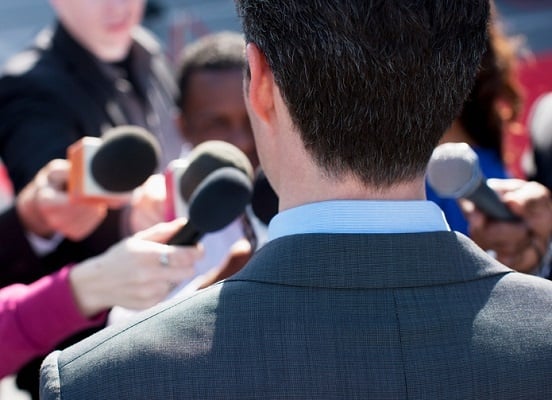3 Social Media Best Practices for Managing a Crisis

In today’s competitive business landscape, there’s no denying that a strong social media presence can be an important tool for success. Consider the fact that 63 percent of Millennials say they stay updated on brands through social networks, and 46 percent use social media when making purchases online. And it’s not just Millennials who are using social media: Research indicates that older demographics are on Facebook, Instagram, and other sites just as often as their younger counterparts. The growing reliance on social media as a way for consumers to connect to businesses also points to the need for organizations to dedicate time and resources to these outlets. Social media for business is important—particularly when your brand is managing a crisis. When an emergency strikes, your social feeds should help mitigate the problem, serve as a way to stay in touch with customers, and help create a feeling of consistency. But it takes some finesse. After all, we’ve all seen how badly a mismanaged crisis can play out on social media.
Let’s take a closer look at three of the most well-established social media crisis management best practices:
1. Speed Is (Nearly) Everything
When any type of crisis hits your organization, an immediate social media response is key. In most cases, your goal should be to respond within an hour. If you let too much time pass before posting a statement or responding to a user, a lot of negativity can fill that void. This includes customer frustration, negative comments, speculation about what’s going on, and damage to your brand.

2. Monitor Social Media 24/7
One of the best ways to ensure a quick response? Have employees monitor your social media feeds at all times. You need dedicated resources for 24/7 monitoring of crises, customer questions and complaints, and opportunities—because you never know when your organization might actually benefit from an unexpected incident.
Think back to Super Bowl XLVII, when the lights of the Superdome in New Orleans went out for what seemed like an eternity (and was actually only 34 minutes). Oreo jumped at the chance to capitalize on this unexpected, widely viewed moment: The company’s social media team tweeted a clever ad that featured a lone, spotlighted Oreo, with the caption, “You can still dunk in the dark.” The ad was shared countless times on Twitter and Facebook, making Oreo the unofficial winner of the blackout.
Of course, it may seem daunting (and expensive) to staff your social media team 24 hours a day to keep watch for problems and opportunities. But certain tasks can be streamlined and even automated using a social media management platform, such as Hootsuite or Sprout Social. These tools can proactively search for trending topics, negative comments, profanity, and trolling on your social feeds. They can then alert the appropriate employees to enable them to quickly handle the situation, before it gets out of control, making 24/7 monitoring a breeze.
3. Plan Ahead
Finally, it’s important to always have a plan and, when possible, have your social media messages pre-approved to ensure a timely, consistent response. The moment a crisis strikes is not the time to draft social media content; instead, you should be as prepared as possible for the various forces that may impact your brand, such as negative comments, product recalls, data breaches, severe weather—and everything in between.
It’s best to draft responses to such events, and get pre-approval from all the relevant people, ahead of time. That way, you can rest easy knowing that your communications are ready to go precisely when you need them, in a tone and style that is consistent with your overall brand.
And remember to plan for opportunities as well. The Oreo Super Bowl ad is a great example of how a bit of preparation can truly pay off. The company’s social media team wanted to be ready for anything during the game—from a noteworthy play to a completely unexpected blackout. So it had a strategist, copywriters, and artists on hand throughout the game to ensure that it could respond to anything.
The same approach could benefit your organization during both crises and moments of opportunity. Consider ways to incorporate these social media crisis management best practices and your company will be ready for anything.








